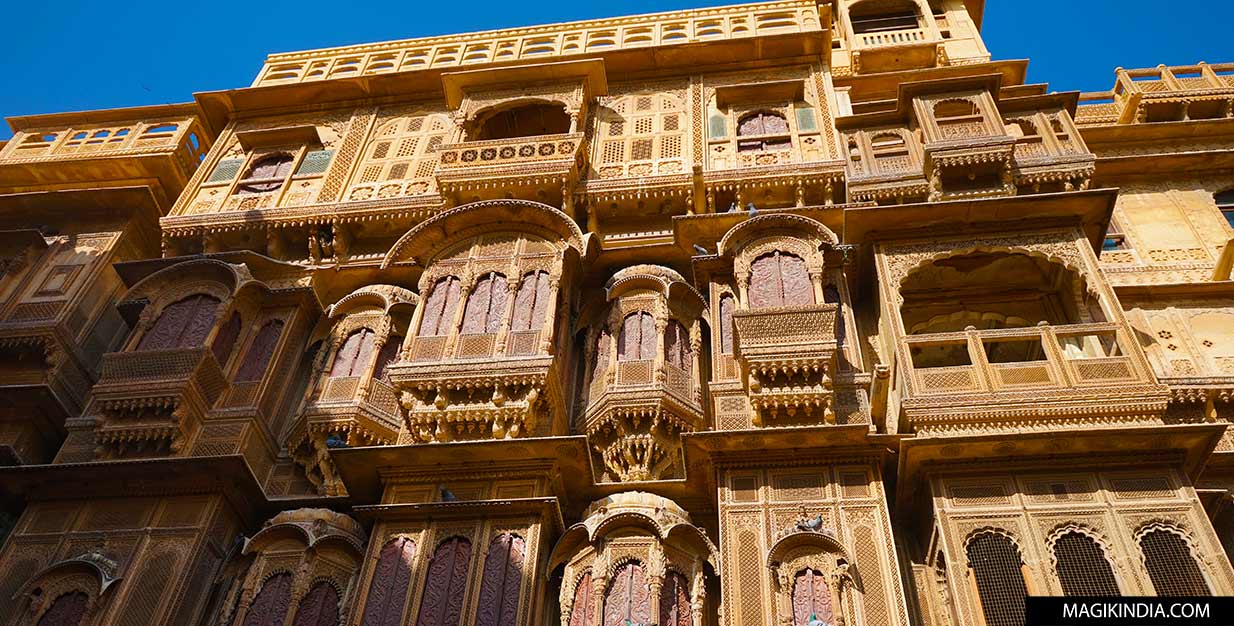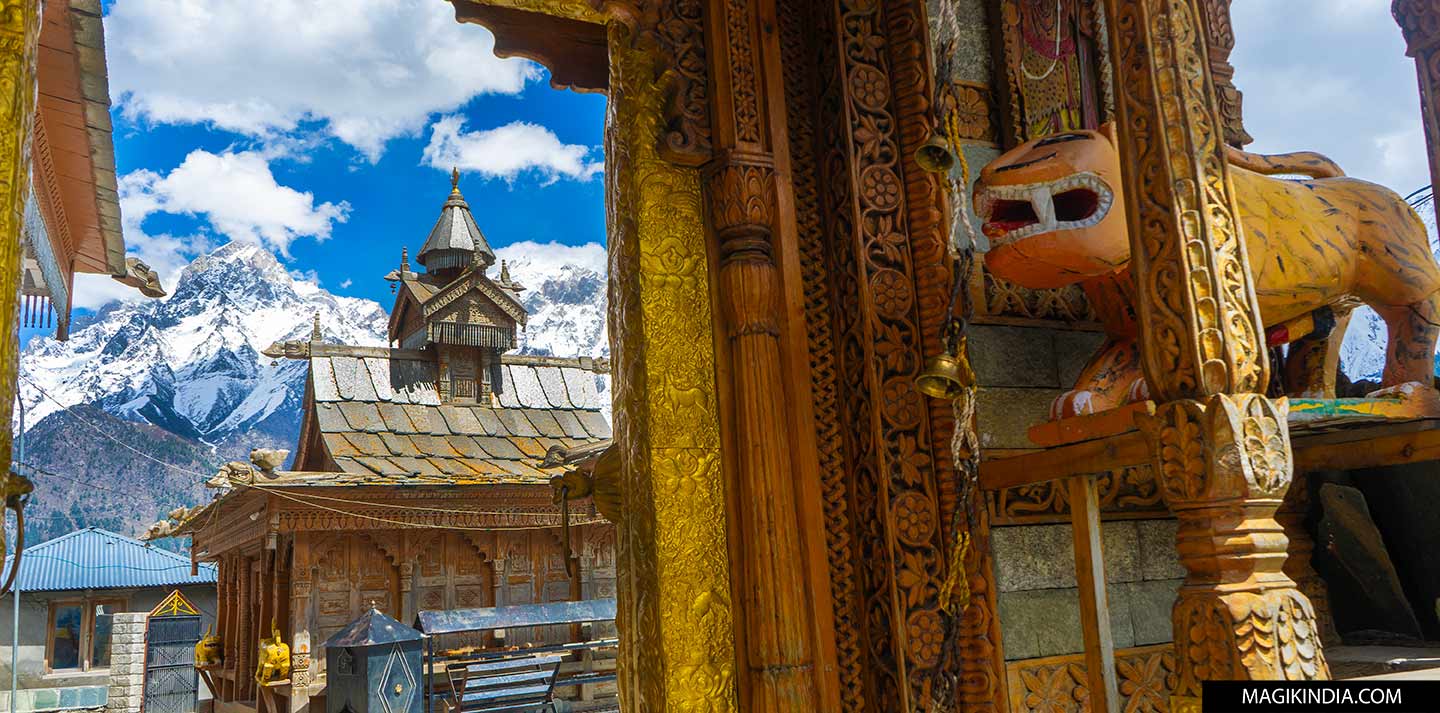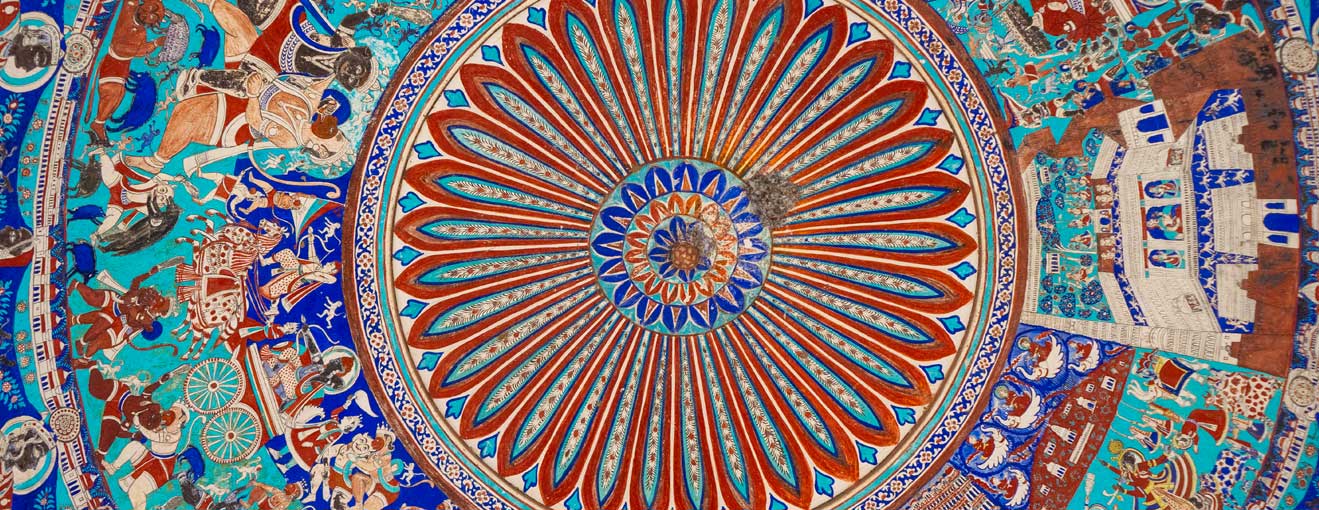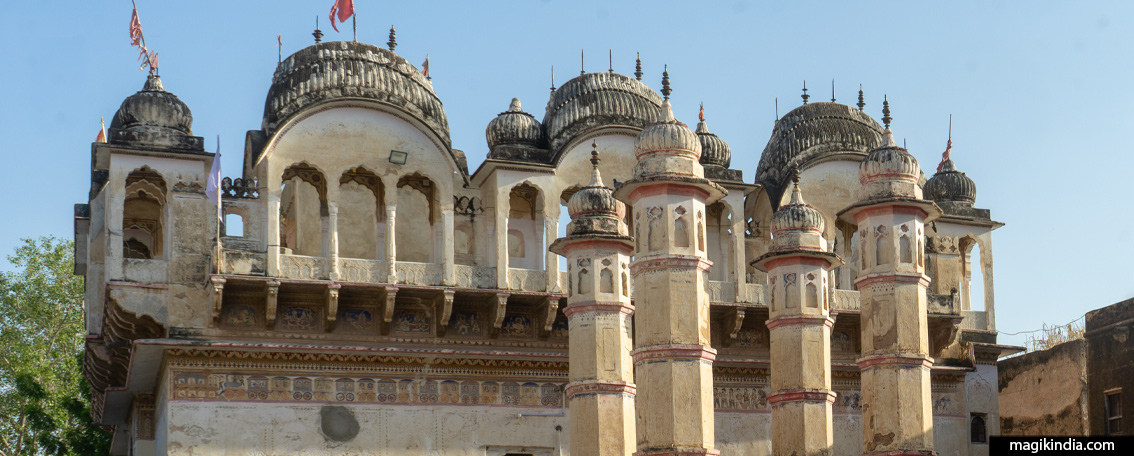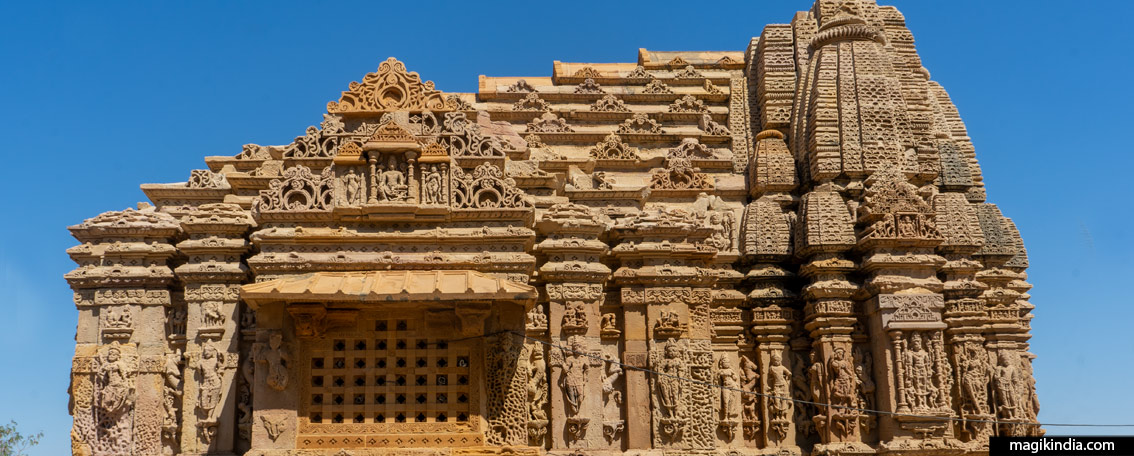
Namaskaram !
Welcome, Padharo ! I'm Mathini, a French woman who has been living in Rajasthan for 10 years. Despite being imbued with Indian culture from a young age it wasn't until 2014 that my Indian adventure really began. I left everything behind in France and set off on a 6-year journey through the land of Gandhi. These adventures are gathered in this blog which aspires, in an intentionally positive spirit, to bear witness to India's remarkably diverse and multifaceted cultural heritage. If this website sparks a desire to pack your bags and set off for an Indian adventure, it will have achieved its purpose. Subh Yatra on Magik India and beautiful explorations in the sacred land of Bharat...
While wandering through the rural landscape of Tamil Nadu, you may have already come across this astonishing string of smiling horses, lined up proudly around a sacred tree: these are the votive images of the temples dedicated to Ayyanar, the protective deity of villages, whose worship dates back to pre-Vedic times.
Athangudi is a major heritage site in the Chettinad region of Tamil Nadu. Its impressive palace, a symbol of successful cultural fusion, is undoubtedly one of the most remarkable in the region. Athangudi also rhymes with “tile makers”: it is here that the famous colourful Chettinad tiles are made, exported worldwide.
Lohargal, located 30 km from Nawalgarh, is one of the major pilgrimage sites in the Shekhawati region (Rajasthan). Nestled in the heart of the Aravalli Mountains, among century-old banyan and mango trees, the village is home to a temple dedicated to Surya and a sacred pool that attracts large crowds of pilgrims; it is said that the Pandavas of the Mahabharata came to bathe there to atone for their sins.
If you’ve been following this blog for a while, you might know that Shekhawati is one of my favourite regions in Rajasthan. It’s a surprisingly under-visited destination despite its exceptional cultural richness. Of all the cities in Shekhawati, Ramgarh particularly caught my attention. Founded in the late 18th century by the famous Poddar family, it was one of the richest cities in India in the 19th century. This prosperity is reflected in the variety of its monuments: hundreds of palatial mansions, cenotaphs with elaborate frescoes, kua wells, and temples galore.
Nawalgarh is a major city in Shekhawati, a semi-desert region in northern Rajasthan. Founded in the mid-18th century, it became one of India’s most prosperous cities in the following century thanks to the “Marwaris,” merchants who made their fortunes on the Thar Desert trade route and later in various industries based in Mumbai and Kolkata. Its nickname, the “City of Gold,” refers to this former wealth. The Marwaris displayed their opulence by building palatial mansions adorned with lavish frescoes. Many of modern India’s wealthy business families, such as the Podars, Birlas, and Goenkas, to name a few, are direct descendants of the Marwaris of Nawalgarh.
In semi-desert areas like Shekhawati, in northern Rajasthan, water management is vital. Thus, in addition to stepwells and other reservoirs, numerous “kuas” (pronounced kooa) have sprung up throughout the region. With their Persian-style towers adorned with exquisite frescoes, these unique wells reflected the opulence of wealthy Marwari merchants in the 18th and 19th centuries. As community hubs, they also served as caravanserai for half a century on the trade route across the Thar Desert.
Delwara is a town nestled in the heart of the Aravalli Mountains, barely thirty kilometers from Udaipur, the romantic city of lakes of Rajasthan. While Delwara is surprisingly little known, it was once a major spiritual center and a renowned place of learning for the future rulers of Mewar; its thousands of Hindu temples and hundreds of Jain derasars earned it the name “city of gods”.






